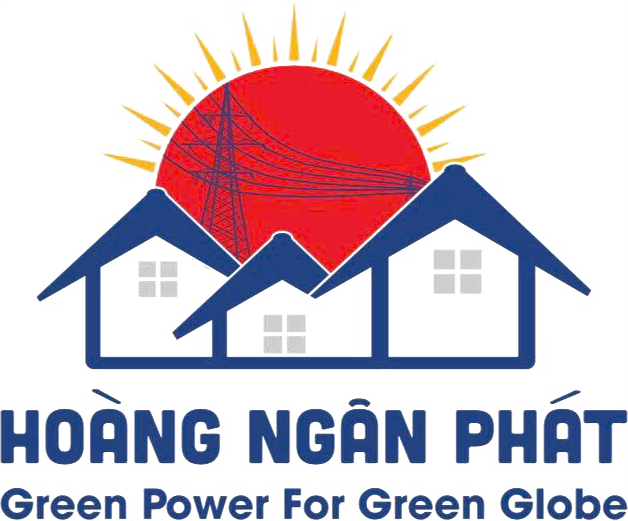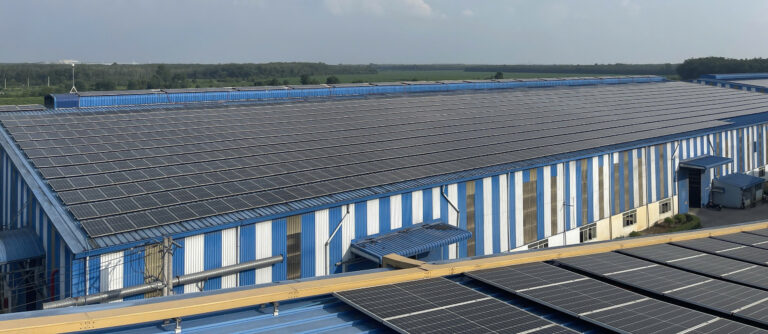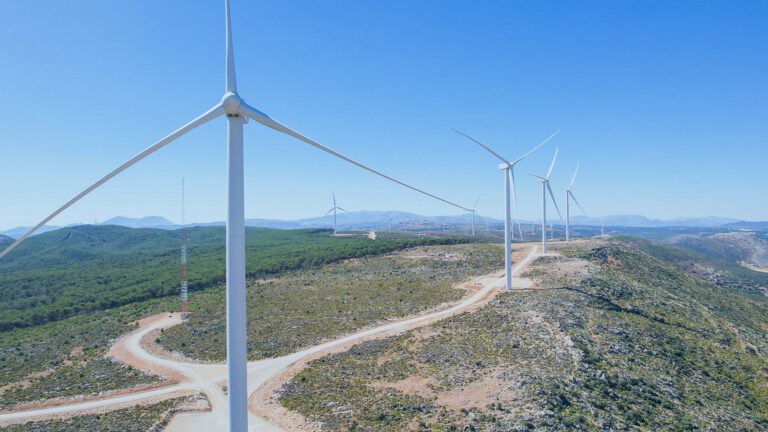The rise of floating solar could ease the pressure to build large-scale solar farms on land, but some researchers are concerned about the impact on underwater ecosystems.
Floating solar projects are becoming a growing trend in Southeast Asia, where suitable land for renewable energy expansion is increasingly scarce. The model could also be applied in other regions where space for solar projects is a major challenge.
According to analysis by Jun Yee Chew at Rystad Energy, a Norway-based research firm, there are currently 500 megawatts (MW) of floating PV installed in Southeast Asia, accounting for about 2% of the region’s total solar capacity. More than a quarter of that comes from a giant array floating on a reservoir in Indonesia that became operational in November 2023.
The region’s floating solar capacity is expected to increase by at least 300 megawatts (MW) in the coming months as projects come online. By 2030, Chew expects floating installations could account for 10%, or about 8 gigawatts, of Southeast Asia’s total solar capacity.
The full potential of the strategy is even greater. In Indonesia alone, Chew says there are about 21,000 square kilometres of inland water. Covering just 1% of that area with PV panels could provide about 28 gigawatts (GW) of capacity, nearly double the current solar capacity in the UK.
Such installations are often more expensive than those built on land. But much of the land in the region is already taken up by agriculture and densely populated cities. Chew said floating solar has a higher output than land-based solar because the panels are cooled by water. They can also be used to tap into existing hydropower infrastructure.
Floating solar projects have potential not only in Southeast Asia but also in other parts of the world. According to Zhenzhong Zeng of the Southern University of Science and Technology in China, if 30% of the world’s reservoirs could be covered with solar panels, they could produce nearly 10,000 terawatt hours of electricity per year, enough to meet twice the electricity demand of the United States.
In addition to generating electricity, floating solar also helps to significantly reduce the amount of water evaporating from reservoirs, thereby saving water resources. However, when installed in the ocean, PV panels will face many technical challenges due to wind and wave turbulence, affecting the stable operation of the system.
Although many researchers support the development of floating solar power systems to save land space, they also warn that many technical and maintenance challenges remain. In addition, concerns about environmental and social impacts have not been fully addressed.
Peter McIntyre from Cornell University, New York, and colleagues argue that the reduction of sunlight by PV panels can reduce oxygen production in the water, negatively affecting the ecosystem. Although shade from PV panels helps reduce temperatures caused by climate change, this impact needs to be studied further to ensure that it does not harm the aquatic environment.









